Home>Articles>Self-Taught DIYers Make A Dream Farmhouse On A Budget
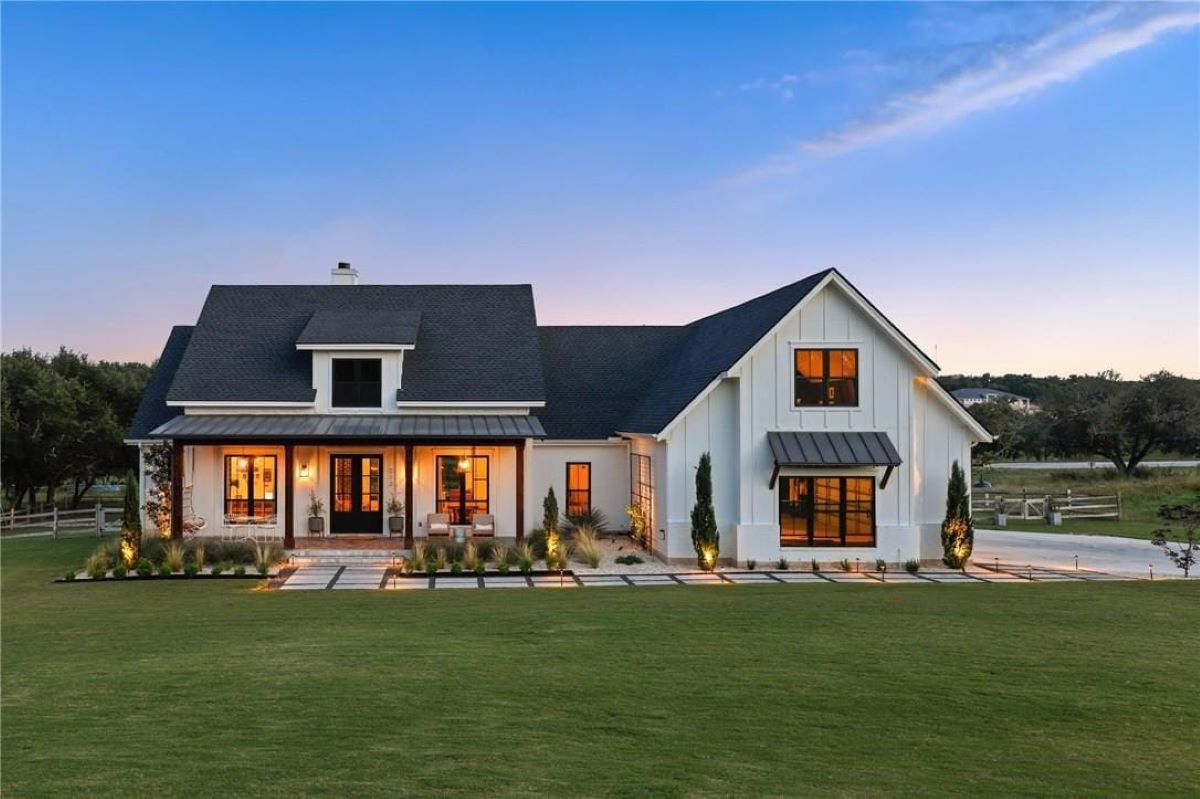

Articles
Self-Taught DIYers Make A Dream Farmhouse On A Budget
Modified: October 20, 2024
Discover how self-taught DIYers brought their dream farmhouse to life on a budget with these inspiring articles. Explore tips, tricks, and renovation ideas to create your own stunning home.
(Many of the links in this article redirect to a specific reviewed product. Your purchase of these products through affiliate links helps to generate commission for Storables.com, at no extra cost. Learn more)
Introduction
Building your dream farmhouse doesn’t have to be a pipe dream limited to the pages of glossy home magazines. With the rise of DIY culture, self-taught individuals are taking on ambitious projects, transforming their visions into reality, and creating stunning farmhouses on a budget.
These DIYers prove that with determination, creativity, and a little bit of know-how, you can build a dream farmhouse that reflects your unique style and preferences. In this article, we will explore the journey of self-taught DIYers who successfully crafted their dream farmhouse while keeping costs in check.
Whether you’re dreaming of a cozy country retreat or a sprawling agricultural paradise, this article will provide you with valuable insights and inspiration to embark on your own farmhouse building adventure.
Key Takeaways:
- Building a dream farmhouse on a budget is achievable through careful planning, DIY skills, and creativity. From finding inspiration to constructing the home, the journey is a fulfilling expression of personal style and values.
- DIY décor, landscaping, and outdoor spaces play a crucial role in creating a unique and inviting farmhouse. Embracing creativity and resourcefulness allows for the customization of every aspect of the home, making it truly special.
Finding Inspiration and Planning
Before embarking on your farmhouse building journey, it’s essential to gather inspiration and carefully plan out your project. Take the time to explore various farmhouse styles, both classic and contemporary, to identify the aesthetic that resonates with you.
Magazines, online platforms, and social media are treasure troves of farmhouse inspiration. Create a mood board or Pinterest board to organize your ideas and visually map out your vision. This will help you stay focused and ensure all aspects of your farmhouse align with your desired style.
Another crucial aspect of planning is determining the purpose and functionality of your farmhouse. Are you looking for a simple weekend retreat, a functional agricultural operation, or a mix of both? Consider your needs and how you envision utilizing the space to tailor your farmhouse design accordingly.
Additionally, take into account the local climate and topography of your chosen location. A farmhouse in a sunny, warm region may benefit from large windows and outdoor living spaces, while a farmhouse in a colder climate may require efficient heating systems and insulation.
Don’t forget to consult local building codes and regulations to ensure compliance and obtain any necessary permits. Familiarize yourself with zoning restrictions, setback requirements, and any specific building standards that may apply in your area. This step is crucial to avoid any complications or setbacks later on.
Lastly, create a detailed budget that outlines your projected expenses for the entire farmhouse building process. This budget should include costs for land acquisition, construction materials, labor if required, permits, and any additional expenses such as landscaping and interior decor. It’s important to be realistic and leave some room for unexpected expenses that may arise.
By devoting time and effort to finding inspiration and thorough planning, you will set a strong foundation for the success of your farmhouse building project.
Choosing the Right Location
The location of your farmhouse plays a vital role in creating your dream retreat. When selecting a location, consider factors such as proximity to amenities, accessibility, and the overall ambience of the area.
First, determine if you want your farmhouse to be tucked away in a secluded countryside or if you prefer the convenience of being closer to town. Both options have their merits, so it’s important to reflect on your lifestyle and priorities. If you value peace and tranquility and don’t mind a longer commute to amenities, a remote location surrounded by nature may be ideal. On the other hand, if you prefer easy access to schools, shopping centers, and medical facilities, a location closer to town may be a better fit.
Access to essential services and infrastructure is another crucial consideration. Ensure that your chosen location has sufficient water and electricity supply, as well as reliable internet and phone connectivity. Depending on your needs and plans, you may also want to investigate the availability of nearby schools, hospitals, and transportation options.
Furthermore, immerse yourself in the atmosphere of the area to gauge if it aligns with your desired farmhouse lifestyle. Visit local farmers’ markets, explore nearby parks and hiking trails, and interact with the community to get a sense of the overall vibe. This will help you determine if the location resonates with your vision and goals for your farmhouse.
Lastly, assess the potential for future development and property value. Research the growth patterns and trends of the area to ensure that your investment will appreciate over time. Consider factors such as planned infrastructure projects, commercial developments, and any zoning regulations that may impact future expansion opportunities.
By carefully selecting the right location for your farmhouse, you can create a harmonious blend of natural beauty, convenience, and long-term value.
Setting a Budget
One of the critical steps in building your dream farmhouse is setting a realistic budget. By establishing a budget upfront, you can ensure that your project remains financially manageable and avoid any potential financial stress down the line.
Start by assessing your financial resources and determining how much you can comfortably allocate to your farmhouse construction project. Consider your savings, available credit, and any potential sources of funding, such as loans or grants.
Next, break down your budget into different categories to allocate funds for various aspects of the farmhouse build. Some key categories to consider include land acquisition, site preparation, construction materials, labor costs if applicable, permits and fees, utilities installation, interior decor, and landscaping.
Research and obtain quotes from suppliers, contractors, and other professionals involved in the building process. Make sure to include some extra funds for unexpected expenses or contingencies that may arise during construction.
It’s important to strike a balance between quality and affordability when allocating your budget. While it may be tempting to cut corners to save money, compromising on the quality of materials or craftsmanship can lead to costly repairs or renovations in the future. Invest in durable and energy-efficient materials that will stand the test of time and help reduce long-term maintenance costs.
Throughout the construction process, keep track of your expenses and compare them with your budget. Regularly evaluate the progress and costs to ensure you’re staying on track and making necessary adjustments if needed.
Lastly, remember that setting a budget doesn’t mean you can’t splurge on certain elements that are important to you. Prioritize your spending based on your preferences and allocate funds accordingly. By maintaining a well-planned budget, you can have peace of mind knowing that your dream farmhouse is within reach without breaking the bank.
DIY Skills and Knowledge
When it comes to building your dream farmhouse on a budget, having DIY skills and knowledge can be invaluable. While professional help may be required for certain aspects of the project, such as electrical or plumbing work, there are many tasks that you can tackle yourself to save money and add a personal touch to your farmhouse.
Start by identifying your existing DIY skills and knowledge. Have you worked on any construction or renovation projects in the past? Do you have experience with woodworking, painting, or other relevant areas? Assess your comfort level and capabilities to determine which tasks you can confidently take on.
If you’re new to DIY, there are numerous resources available to help you learn and acquire the necessary skills. Online tutorials, books, and workshops are excellent sources of information and can provide step-by-step guidance on various aspects of construction and home improvement.
Consider joining local DIY or woodworking groups in your area. These communities often organize workshops and skill-sharing sessions, giving you the opportunity to learn from experienced DIYers and gain practical knowledge.
It’s important to be realistic about your abilities and limitations. While DIY can save you money, it’s crucial to know when to seek professional assistance. Tasks involving electrical and plumbing work, for example, require specialized knowledge and should be left to licensed professionals to ensure safety and compliance with building codes.
Collaboration is another valuable approach to DIY. If you have friends or family members with specific skills, don’t hesitate to ask for their help or guidance. They may be able to assist with tasks in their area of expertise, ensuring that the quality of work meets your expectations.
Lastly, maintain a mindset of continuous learning and improvement. Stay up to date with the latest trends, techniques, and building codes. Engage with online communities and forums to ask questions, share experiences, and learn from others in the DIY community.
By leveraging DIY skills and knowledge, you can actively contribute to the construction of your farmhouse, adding a personal touch and achieving a sense of pride in your accomplishment.
Read more: How To Make Dream Pillows
Selecting Materials and Suppliers
Choosing the right materials and suppliers is crucial when building your dream farmhouse. It’s essential to select high-quality materials that not only meet your aesthetic preferences but also align with your budget and long-term durability requirements.
Start by researching different materials and their properties to understand their benefits and drawbacks. Consider factors such as durability, maintenance requirements, energy efficiency, and eco-friendliness. For example, if sustainability is important to you, look for materials that are renewable or recycled.
When it comes to sourcing materials, explore both local suppliers and online options. Local suppliers may offer advantages such as personalized service, shorter lead times, and the ability to physically examine materials before purchasing. Online suppliers, on the other hand, often have a wider range of options, competitive prices, and convenient delivery services.
Obtain quotes from multiple suppliers to compare costs and ensure you’re getting the best value for your money. Take into account factors such as shipping fees and return policies when comparing prices.
Additionally, seek recommendations from other DIYers or professionals in the construction industry. They can provide insights into reputable suppliers who offer quality materials and reliable customer service.
Visit supplier showrooms or request samples to get a hands-on feel for the materials you’re considering. This will help you assess their quality, color variations, and texture. It’s important to ensure that the materials you choose not only suit your desired aesthetic but also complement the overall design and style of your farmhouse.
Inquire about warranties and guarantees provided by the suppliers. This will give you peace of mind knowing that the materials are covered in case of any defects or issues that may arise.
Consider the sustainability and eco-friendliness of the materials you select. Opt for materials that have a lower environmental impact, such as recycled or locally sourced products. This not only contributes to a more sustainable construction process but also aligns with the growing trend of environmentally conscious building practices.
By carefully selecting materials and suppliers, you can ensure that your dream farmhouse is built to the highest quality standards within your budget constraints.
When renovating a farmhouse on a budget, focus on key areas like the kitchen and bathrooms for the biggest impact. Look for affordable materials and consider doing some of the work yourself to save on labor costs.
Designing the Layout and Floor Plan
The layout and floor plan of your farmhouse are essential elements that determine the flow, functionality, and overall appeal of your dream home. Thoughtful design considerations can maximize space, optimize natural light, and create a harmonious living environment.
Begin by envisioning how you want to utilize each area of your farmhouse. Consider your lifestyle, family size, and any specific needs or preferences. Do you require multiple bedrooms, a home office, or a dedicated entertainment space? By understanding your requirements, you can create a floor plan that meets your unique needs.
Take advantage of available design software or online tools to visualize and experiment with different layout options. This will allow you to test various configurations and make adjustments without the need for costly and time-consuming changes later in the construction process.
Consider the flow of movement within your farmhouse. Ensure that common areas such as the kitchen, dining, and living spaces are easily accessible and connected. You may want to create an open floor plan that promotes social interaction and a seamless transition between rooms.
Maximize natural light by strategically placing windows and skylights throughout your farmhouse. This not only enhances the aesthetic appeal but also reduces the need for artificial lighting during the day. Take into account the sun’s path and prevailing winds to optimize energy efficiency and natural ventilation in your design.
Consider the arrangement of rooms and amenities to create a functional and efficient layout. For example, place bathrooms near bedrooms for convenience, and consider the proximity of the kitchen to the dining area for ease of serving meals. Storage spaces, such as closets and cabinets, should be strategically located to minimize clutter and keep items organized.
While designing the layout, keep in mind the long-term adaptability of your farmhouse. Consider potential future needs or lifestyle changes and incorporate flexibility into the design. This will allow you to easily modify the space as your needs evolve over time.
Collaborate with an architect or design professional who can guide you through the process and provide valuable insights based on their expertise. They can help you optimize the layout and floor plan, ensuring that your farmhouse is both aesthetically pleasing and functional.
By dedicating time and effort to designing the layout and floor plan, you can create a farmhouse that truly reflects your style, enhances your daily living experience, and stands the test of time.
Construction of the Farmhouse
Once you have completed the planning and design phases of your dream farmhouse, it’s time to embark on the exciting journey of construction. Whether you’re taking on the project yourself or hiring contractors, careful attention to detail and effective project management are key to ensuring a successful build.
Begin by clearing and preparing the site for construction. Depending on the state of the land, this may involve grading, leveling, and clearing any vegetation or debris. Ensure that the site is properly surveyed to ensure accuracy during construction.
Before starting any construction work, it’s important to have the necessary permits and approvals in place. This includes building permits, which vary depending on your location and the scope of the project. Be sure to comply with local building codes and regulations; this ensures that your farmhouse is constructed safely and legally.
One of the first steps in building your farmhouse is the construction of the foundation. This may involve pouring a concrete slab or building a crawl space or basement, depending on your design and local building requirements. Consult with professionals or retain experienced contractors for this critical stage to ensure stability and durability.
With the foundation in place, it’s time to begin framing the structure. This involves erecting the walls, floors, and roof. The type of framing material and techniques used will depend on your design and budget. Common options include wood framing, steel framing, or alternative methods such as timber framing.
Once the structure is framed, the next step is to install the exterior cladding and roofing. Choose materials that are durable, weather-resistant, and visually appealing. Popular options include siding, brick, stone, or stucco for the walls, and various types of roofing materials such as asphalt shingles or metal panels.
At this stage, it’s essential to ensure that the farmhouse is properly insulated to maximize energy efficiency and comfort. This includes insulation in the walls, floors, and attic, as well as selecting energy-efficient windows and doors. This will help regulate temperature and reduce heating and cooling costs.
Next, focus on the interior finishes such as drywall installation, flooring, and painting. Pay attention to the fine details, ensuring smooth walls, sturdy and attractive flooring, and a well-executed paint job. Consider the color scheme and textures that will bring your personal style to life.
Install the electrical wiring and plumbing systems with the help of experienced professionals. These systems are vital for a functional and safe farmhouse. Ensure sufficient lighting, outlets, and switches, as well as properly designed and installed plumbing fixtures.
As the construction nears completion, it’s time to add the finishing touches. This includes installing fixtures, cabinetry, and countertops in the kitchen and bathrooms, as well as any custom-designed elements such as built-in shelving or architectural features.
Lastly, conduct a thorough inspection of the farmhouse to ensure that everything is in accordance with building codes and your design specifications. Make any necessary adjustments or corrections before finalizing the construction process.
Building your dream farmhouse is a labor of love, and the construction phase is where your vision becomes a tangible reality. By meticulously managing the construction process, attention to detail, and quality craftsmanship, you can create a beautiful and functional farmhouse that exceeds your expectations.
Electrical and Plumbing Systems
When building your dream farmhouse, the installation of electrical and plumbing systems is a critical aspect that must be carefully planned and executed. These systems ensure the functionality, safety, and convenience of your home, so it’s essential to work with qualified professionals or gain the necessary knowledge if you are tackling these tasks yourself.
Electrical systems are responsible for providing power to your farmhouse, powering lights, appliances, and electronics. It’s important to consult with an electrician to ensure that the electrical system is designed and installed correctly, following local building codes and safety regulations.
Start by determining your electrical needs, taking into account the number of rooms, appliances, and electronics you plan to have in your farmhouse. This will help you determine the size of the electrical service and the number of circuits required.
The electrician will install a breaker panel to distribute electricity throughout your farmhouse. This panel will have circuit breakers that protect each circuit, preventing overloading and potential electrical hazards.
To ensure safety, electrical outlets should be strategically placed throughout your farmhouse. Consider the convenience of outlet placement, ensuring there are enough outlets in each room to meet your power needs. Also, think about installing outlets with USB ports and considering smart home capabilities.
Lighting is an essential aspect of any home. Plan the placement of light fixtures and switches to create a well-lit and inviting atmosphere. Consider energy-efficient lighting options such as LED bulbs, which can help reduce energy consumption and lower electricity bills.
The plumbing system in your farmhouse provides the necessary water supply and waste removal. It’s important to work with a professional plumber to ensure that the plumbing system is installed correctly and meets the necessary codes and regulations.
Plan the layout of the plumbing system, considering the placement of fixtures such as sinks, toilets, showers, and bathtubs. Think about the flow of water and ensure that water lines are properly sized and installed to provide adequate water pressure throughout your farmhouse.
The plumber will install a main water line connected to a water meter, as well as a water heater to provide hot water for your farmhouse’s needs. Additionally, a drainage system, including pipes and vents, will be installed to effectively remove waste and wastewater from your farmhouse.
When selecting fixtures, such as faucets and toilets, consider both functionality and aesthetics. Choose fixtures that suit your style, but also prioritize quality and water-saving features to help conserve resources.
Finally, it’s important to test both the electrical and plumbing systems thoroughly before completion. This ensures that all connections are secure, and the systems are functioning as intended. Inspections by relevant authorities are typically required to ensure compliance with regulations.
By working closely with professionals and ensuring the proper installation of electrical and plumbing systems, you can have peace of mind knowing that your farmhouse is equipped with safe and efficient infrastructure.
Read more: Who Makes Dream Weaver Carpet
DIY Décor and Furnishing
One of the most exciting aspects of building your dream farmhouse is the opportunity to infuse your personal style and creativity into the décor and furnishings. DIY projects add a unique touch to your home while allowing you to save money and unleash your inner artist.
Start by identifying the overall theme or design style you want to achieve in your farmhouse. Explore various sources of inspiration, such as interior design magazines, online platforms, and even nature itself, to gather ideas and create a vision board.
DIY artwork can be a fantastic way to add a personal touch to your farmhouse décor. Whether it’s canvas paintings, handmade wall hangings, or custom picture frames, let your creativity flow and create pieces that reflect your taste and style. Consider using recycled materials or repurposing items to add sustainability to your DIY projects.
Furniture is another area where you can explore your DIY skills. From coffee tables and bookshelves to headboards and dining tables, there are endless possibilities for creating custom pieces that suit your farmhouse aesthetic. Look for tutorials, plans, and inspiration online, and choose materials that align with your design and budget.
If you have woodworking skills, building custom cabinetry or shelving units can not only save money but also ensure a perfect fit for your farmhouse layout. Invest in quality hardware and finishes to create durable and functional furniture pieces.
Don’t forget about textiles and soft furnishings. DIY curtains, pillow covers, and even upholstery projects can add a personal and cozy touch to your farmhouse. Search for easy-to-follow tutorials or take a sewing class to learn new techniques and create unique pieces.
Upcycling and repurposing existing furniture or décor items can be a fun and sustainable approach to DIY projects. Consider giving new life to old furniture with a fresh coat of paint or reimagining vintage pieces to fit your farmhouse style. Visit thrift stores, garage sales, or online marketplaces to find hidden gems for your DIY projects.
Incorporate DIY elements into the farmhouse’s outdoor spaces as well. Build raised garden beds, design a custom pergola, or create unique outdoor seating areas using pallets or other reclaimed materials. The possibilities are endless, and these DIY projects can enhance the beauty and functionality of your farmhouse’s exterior.
Remember, DIY doesn’t always mean doing everything yourself. Collaborate with local artisans or craftsmen for certain projects, such as pottery, stained glass, or metalwork. Supporting local artists adds another layer of uniqueness to your farmhouse’s décor.
When it comes to DIY décor and furnishings, the journey is just as rewarding as the final result. Embrace the opportunity to infuse your personality into your farmhouse, creating a warm and inviting space that truly feels like home.
Landscaping and Outdoor Spaces
The landscaping and outdoor spaces of your dream farmhouse are just as important as the interior design, offering an opportunity to create a beautiful and harmonious environment that complements your home. Thoughtfully planned and well-maintained landscaping can enhance the overall curb appeal and create inviting outdoor areas for relaxation and enjoyment.
Start by assessing the natural features of your property and considering how you can work with them to create a cohesive landscape design. Take note of existing trees, plants, and topographical elements that can be incorporated into your design or act as focal points.
Consider the different areas you want to create within your outdoor space. This may include a front yard, backyard, patio, garden beds, or even a vegetable garden. Each area can be designed with specific functions and aesthetics in mind.
Create a well-defined entrance by adding a walkway or pathway leading to your farmhouse. This not only adds functionality but also enhances visual appeal. Choose materials that complement the style of your home, such as stone, pavers, or gravel.
Incorporate a variety of plants, including trees, shrubs, flowers, and grass, to bring life and color to your landscape. Consider the climate and sunlight conditions of your region when selecting plants to ensure they will thrive. Native plants are often a great choice as they require less maintenance and are well-suited to the local environment.
Integrate hardscape elements such as retaining walls, pergolas, or outdoor seating areas to create distinct spaces within your outdoor area. These features not only provide functionality but also add visual interest and can define different zones for relaxation, dining, or entertaining.
Outdoor lighting is another essential aspect of landscaping. Install exterior lighting fixtures to highlight architectural features, pathways, and landscaping elements. This not only adds a touch of ambiance but also improves safety and security after dark.
Create areas for relaxation and recreation. This can include a patio or deck where you can enjoy outdoor dining or a fire pit surrounded by comfortable seating for cozy evenings. Pay attention to furniture selection, ensuring it is durable and weather-resistant. DIY projects can also come in handy here, allowing you to build custom pieces that fit your outdoor space perfectly.
If you have space, consider incorporating a garden or orchard to cultivate fresh produce. This not only provides delicious and healthy food for your family but also adds a charming and self-sustainable element to your farmhouse.
Lastly, don’t forget about water features and landscaping accessories. A pond, fountain, or small waterfall can create a soothing atmosphere and provide a focal point in your outdoor space. Decorative items such as bird feeders, garden sculptures, or trellises can add personality and visual interest.
Maintaining your landscaping is essential to keep it looking its best. Regularly prune trees and shrubs, weed garden beds, and mow the lawn as needed. Consider implementing sustainable landscaping practices such as water-saving irrigation systems and using organic fertilizers.
By carefully planning and designing your landscape and outdoor spaces, you can create an extension of your dream farmhouse that invites you to spend time outdoors, relax, and connect with nature.
Conclusion
Building a dream farmhouse on a budget is an exhilarating journey that requires careful planning, creativity, and a dedication to DIY. Through this article, we have explored various aspects of the farmhouse building process, from finding inspiration and planning, to selecting the right location, setting a budget, and tackling DIY projects.
By gathering inspiration and creating a vision, you can bring your farmhouse dreams to life. Carefully selecting the right location ensures that your farmhouse fits your lifestyle and offers the desired amenities and ambiance. Setting a budget and harnessing DIY skills allows you to save money, add personal touches, and customize your farmhouse to reflect your style and preferences.
Designing the layout and floor plan creates functional and harmonious spaces that cater to your specific needs, while the construction phase transforms your vision into a tangible reality. Paying attention to the electrical and plumbing systems ensures functionality, efficiency, and safety within your home.
DIY décor and furnishing projects add a personal touch and allow you to create unique pieces that make your farmhouse truly special. And finally, landscaping and outdoor spaces complete the picture, enhancing the curb appeal and providing tranquil areas for relaxation and enjoyment.
Building a dream farmhouse is a labor of love that requires patience, perseverance, and a commitment to excellence. It’s a journey that allows you to express your creativity, showcase your DIY skills, and create a home that reflects your personality and values.
Remember, each farmhouse is unique and should be tailored to your specific needs and preferences. While there may be challenges along the way, the satisfaction of seeing your dream farmhouse come to life is immeasurable.
So, roll up your sleeves, embrace the DIY spirit, and embark on the fulfilling adventure of building your dream farmhouse on a budget. With careful planning, resourcefulness, and a dose of creativity, you can create a farmhouse that is truly the fulfillment of your dreams.
Frequently Asked Questions about Self-Taught DIYers Make A Dream Farmhouse On A Budget
Was this page helpful?
At Storables.com, we guarantee accurate and reliable information. Our content, validated by Expert Board Contributors, is crafted following stringent Editorial Policies. We're committed to providing you with well-researched, expert-backed insights for all your informational needs.
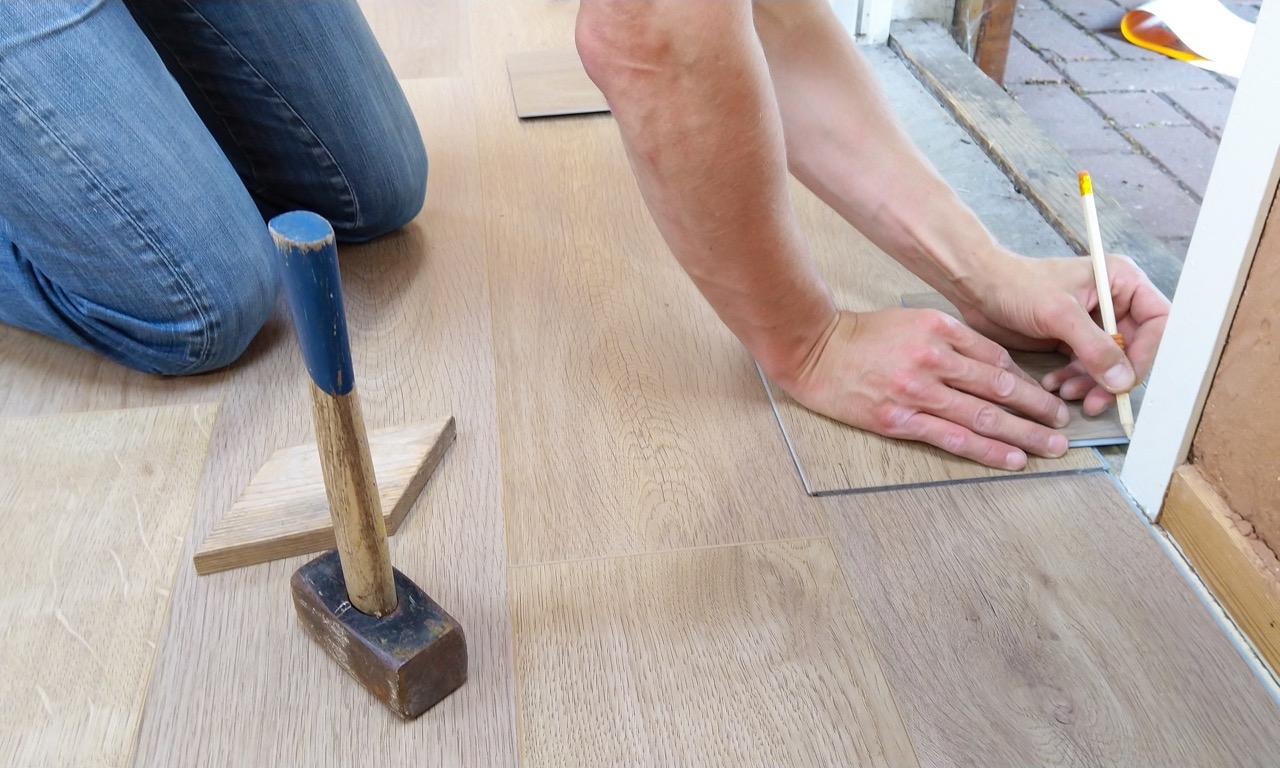




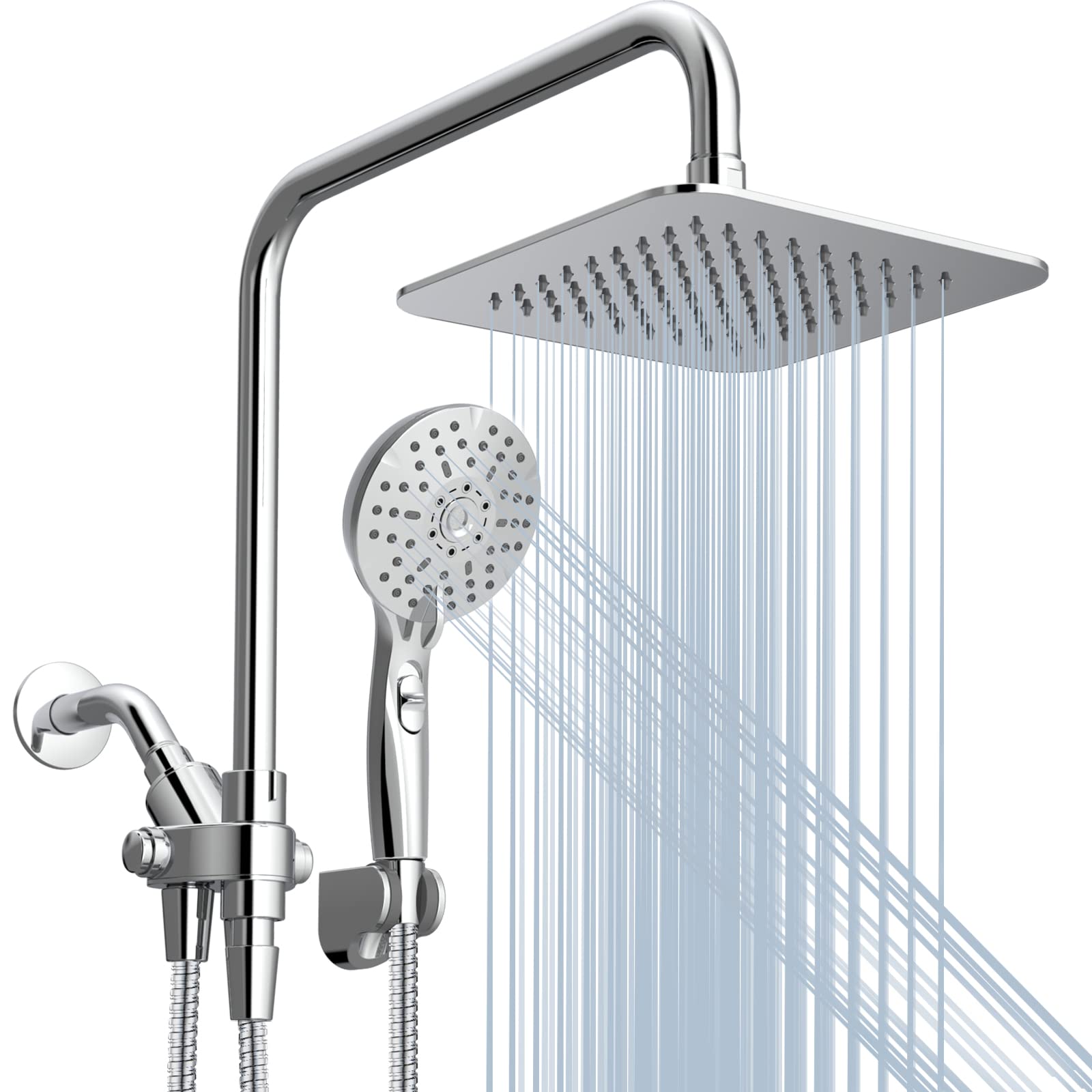

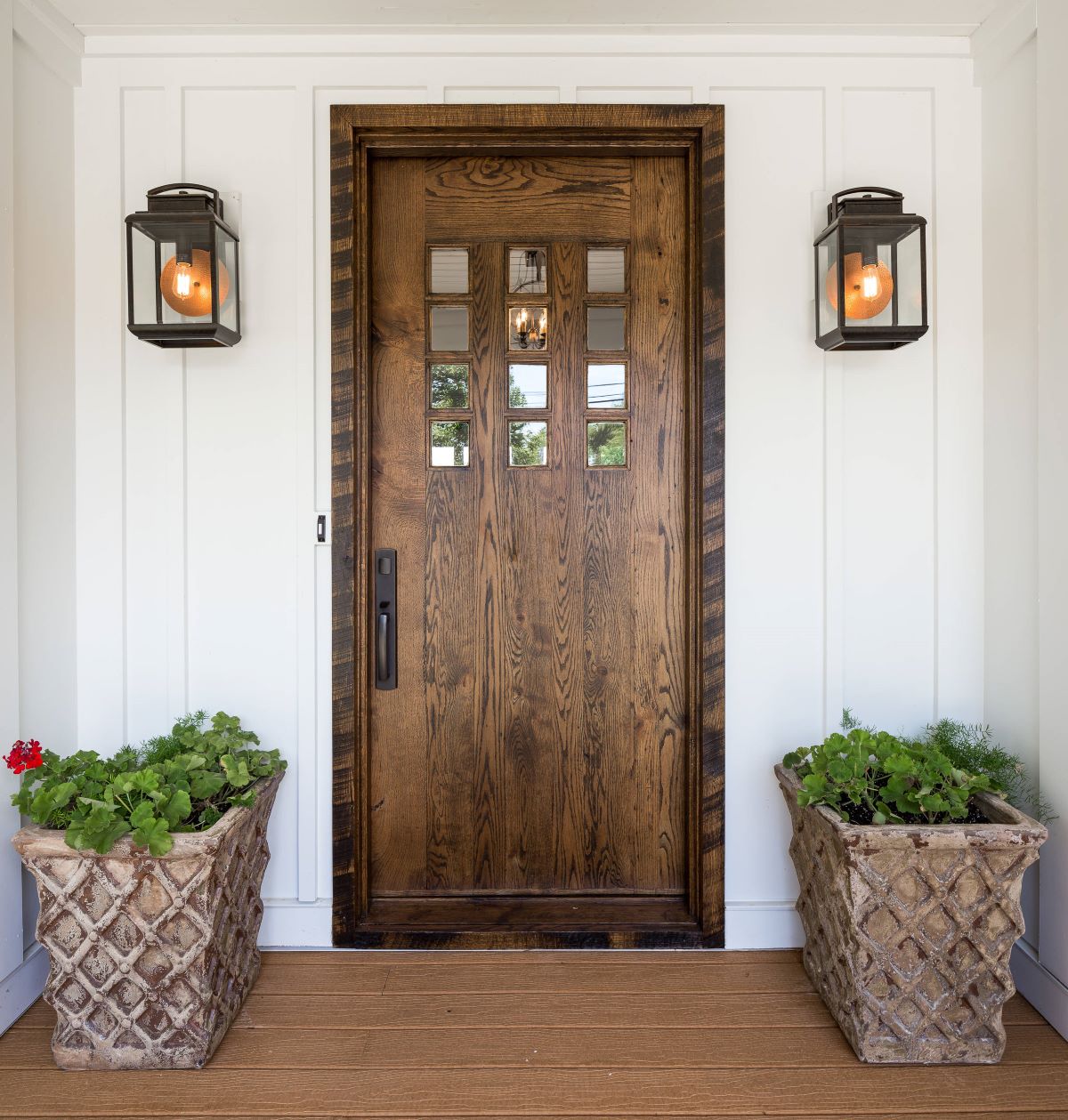

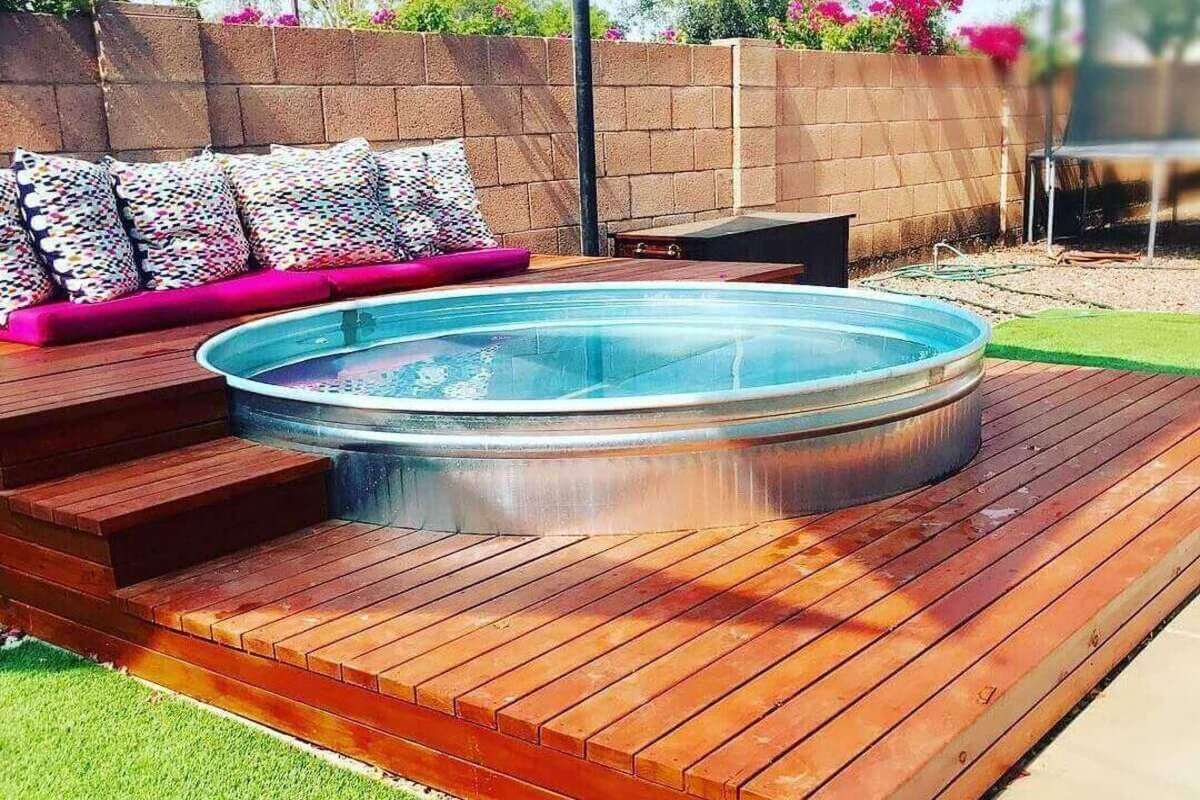
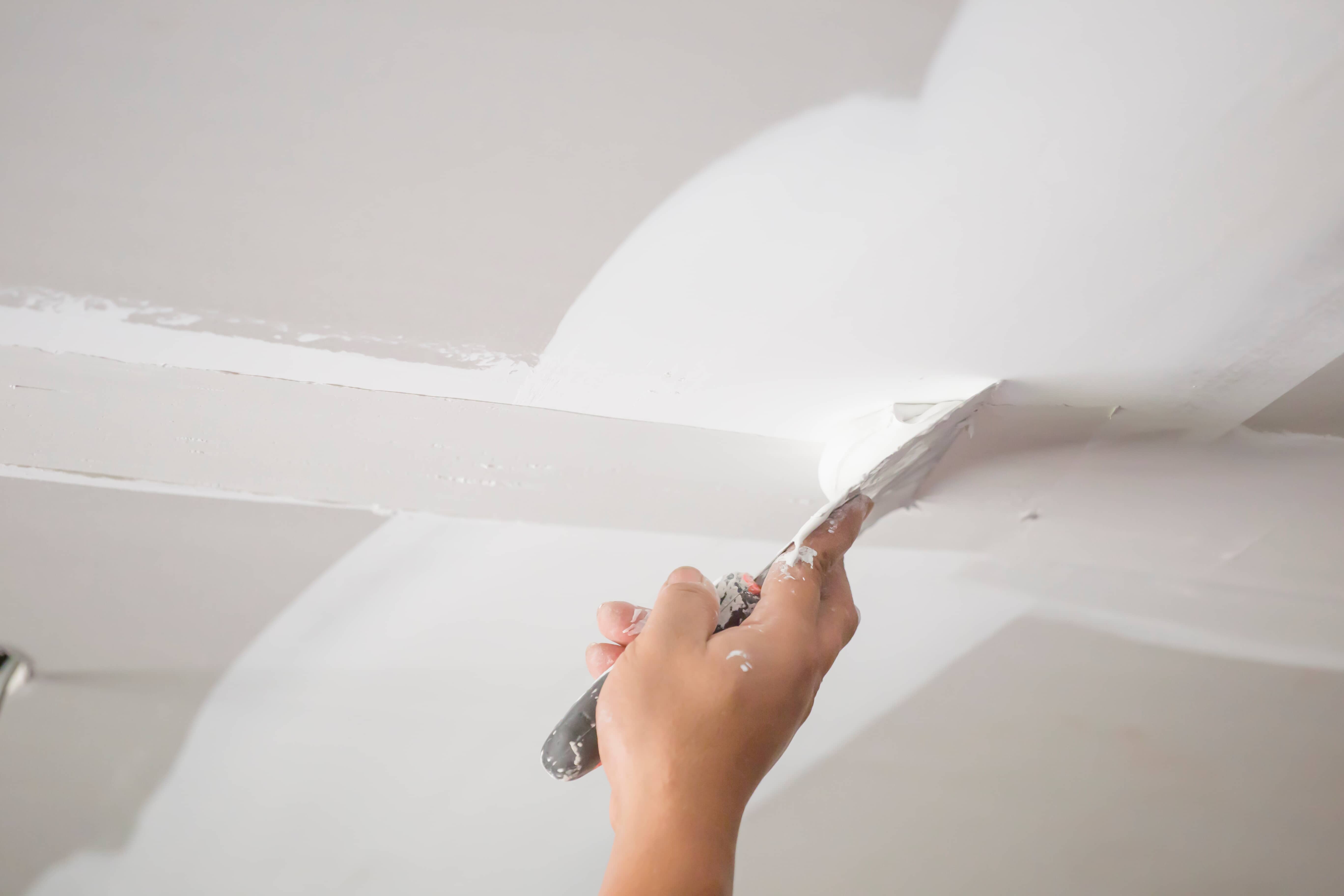



0 thoughts on “Self-Taught DIYers Make A Dream Farmhouse On A Budget”